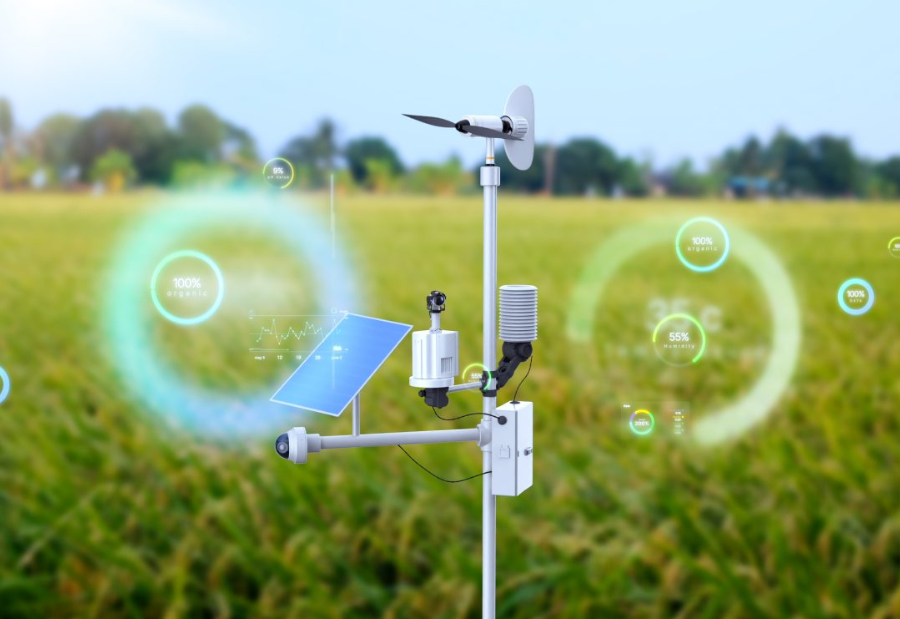For farmers, every planting decision carries risks, and many of these risks are increasing due to climate change. Weather events, such as delayed monsoons, can force farmers to replant or switch crops, leading to lost time and income. Access to accurate, timely weather forecasts helps farmers decide the best time to plant, apply fertilizers, and manage crops, improving yields and reducing costs.
In many low- and middle-income countries, reliable forecasts remain limited because traditional models require expensive computing infrastructure. AI-powered weather forecasting is now changing that. These models can deliver highly accurate, localized predictions at a fraction of the computational cost of conventional physics-based models, allowing national meteorological agencies to provide farmers with actionable information.
AI models, such as Pangu-Weather and GraphCast, can generate forecasts in minutes on a single laptop after initial training. This is far faster and less resource-intensive than physics-based models, which need thousands of CPU hours per forecast. AI forecasts are already being tested for extreme weather events and short- to medium-range predictions, and research is ongoing to expand forecasts weeks or months ahead.
The real impact of AI depends on tailoring forecasts to local conditions and farmers’ decision-making needs. Programs like AIM for Scale and initiatives from international development institutions and the World Meteorological Organization help governments and farmers use AI forecasts effectively. Dissemination via mobile apps, text messages, radio, or extension agents ensures farmers receive the information they need.
Studies in India show that accurate monsoon forecasts help farmers make better planting decisions, improving investment outcomes and reducing risk. AI weather forecasting has reached a pivotal point, offering governments and farmers tools that were experimental only a few years ago. With proper support, low- and middle-income countries can harness AI to deliver forecasts that improve agricultural planning and strengthen resilience to climate risks.
Also read: Viksit Workforce for a Viksit Bharat
Do Follow: The Mainstream formerly known as CIO News LinkedIn Account | The Mainstream formerly known as CIO News Facebook | The Mainstream formerly known as CIO News Youtube | The Mainstream formerly known as CIO News Twitter |The Mainstream formerly known as CIO News Whatsapp Channel | The Mainstream formerly known as CIO News Instagram
About us:
The Mainstream formerly known as CIO News is a premier platform dedicated to delivering latest news, updates, and insights from the tech industry. With its strong foundation of intellectual property and thought leadership, the platform is well-positioned to stay ahead of the curve and lead conversations about how technology shapes our world. From its early days as CIO News to its rebranding as The Mainstream on November 28, 2024, it has been expanding its global reach, targeting key markets in the Middle East & Africa, ASEAN, the USA, and the UK. The Mainstream is a vision to put technology at the center of every conversation, inspiring professionals and organizations to embrace the future of tech.




